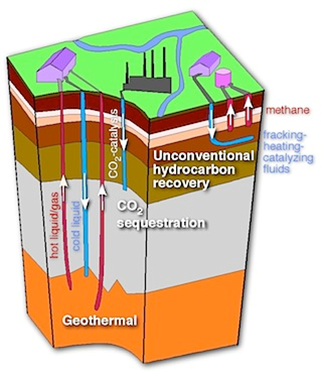Home
Program Overview
Among challenges for the 21st century, two of the compelling and broadest are energy and the environment. What are the means by which we will increase energy supplies that are accessible and affordable to enable the world’s population to live better? How will we preserve the quality of our environment? These two challenges are intertwined.
Cornell’s Earth Energy Systems graduate educational program is designed to train the people who will find solutions to the coupled energy-environment challenges using science and engineering. We focus on sustainable utilization of energy resources from within earth, and the use of the subsurface to manage the impacts of using fossil fuels.
The Earth Energy Systems graduate program initiated with funds from the National Science Foundation’s Integrated Graduate Education and Research Training Program (IGERT).

Purpose/Mission
The Earth Energy Systems graduate educational program brings together students seeking degrees in engineering and in geosciences in a unique program designed to provide both communities with skills, knowledge, and a common language to address our energy challenges.
The students who have been members of this “Earth Energy” community have learned to work across the engineering-geosciences fields, and to appreciate, anticipate, and communicate about risks and economic balances of importance to communities. The graduates have emerged ready to join, and on track to lead, the advanced energy workforce. Simultaneously, the faculty participants have become an integrated engineering-geosciences team.
Early in a student’s doctoral program, interdisciplinary training occurs through mini-courses, collaborative projects and exposure to real-world case studies in the field. These activities teach methodologies and interdisciplinary team work. Internships are strongly encouraged, as part of learning the complex technical challenges and the social impact of energy solutions. Later in a student’s doctoral program, they apply appropriate doses of these interdisciplinary backgrounds and approaches to designing and carrying out their major research projects.

Picture in banner – Krafla geothermal power plant in Iceland.-Asgeir Eggertson.
Selected pictures courtesy of U.S. Department of Energy.

